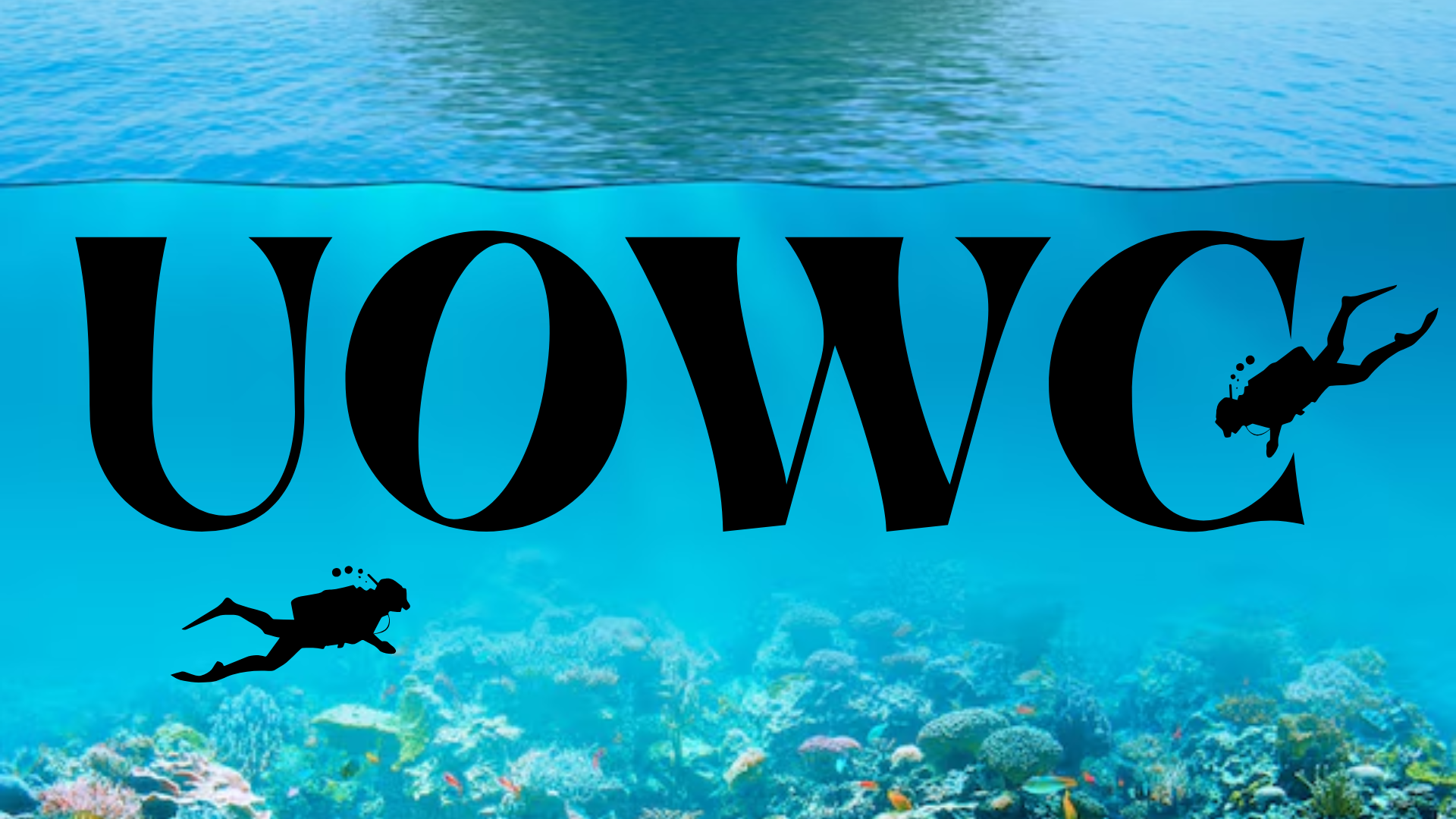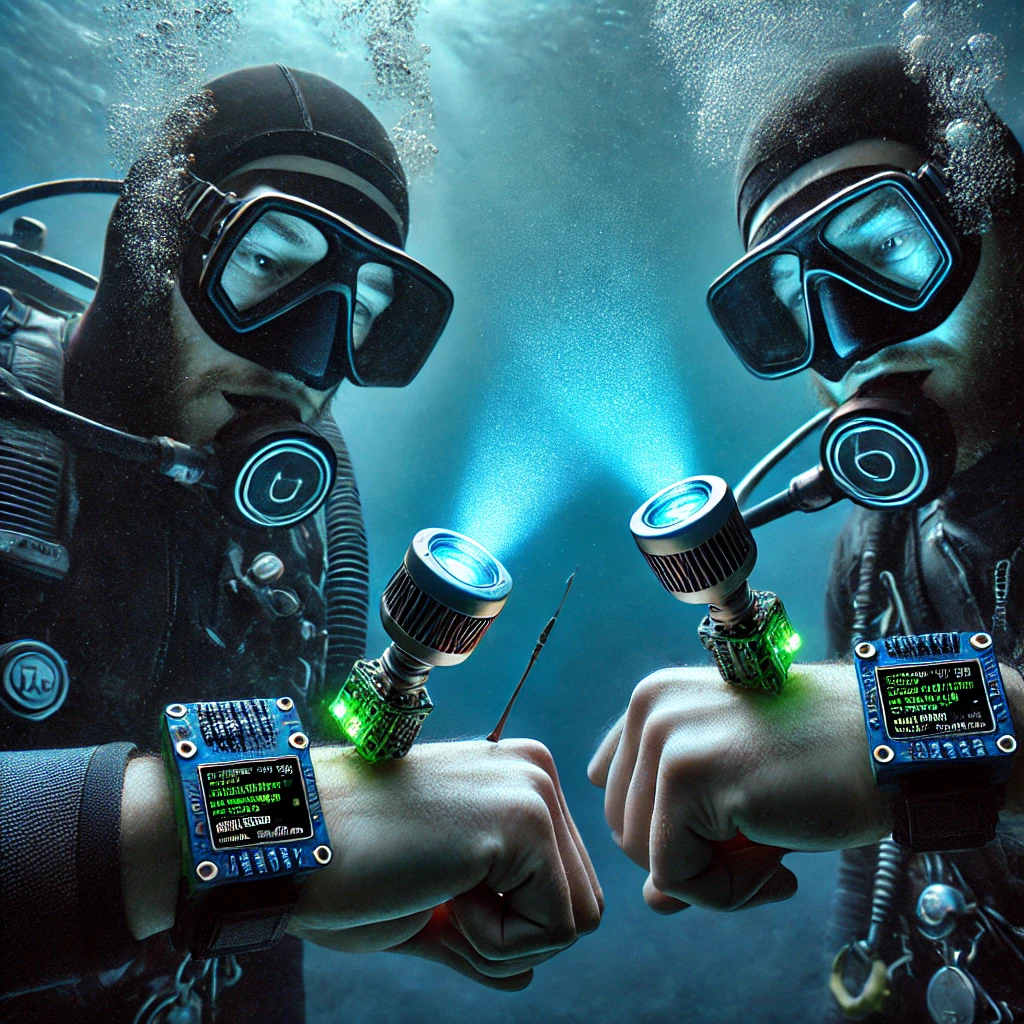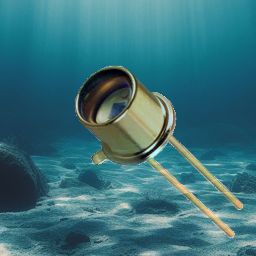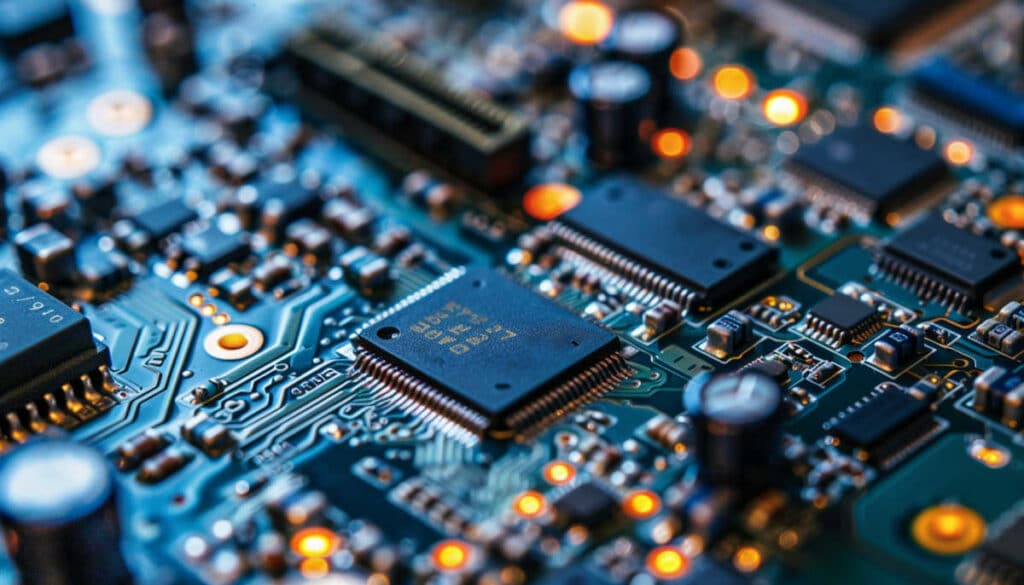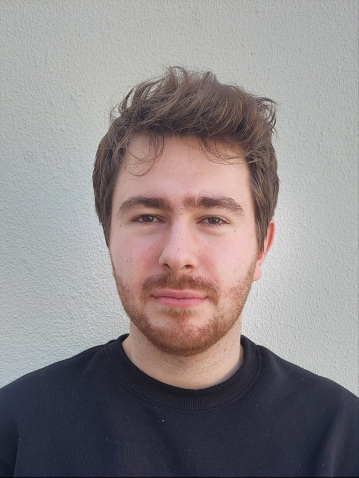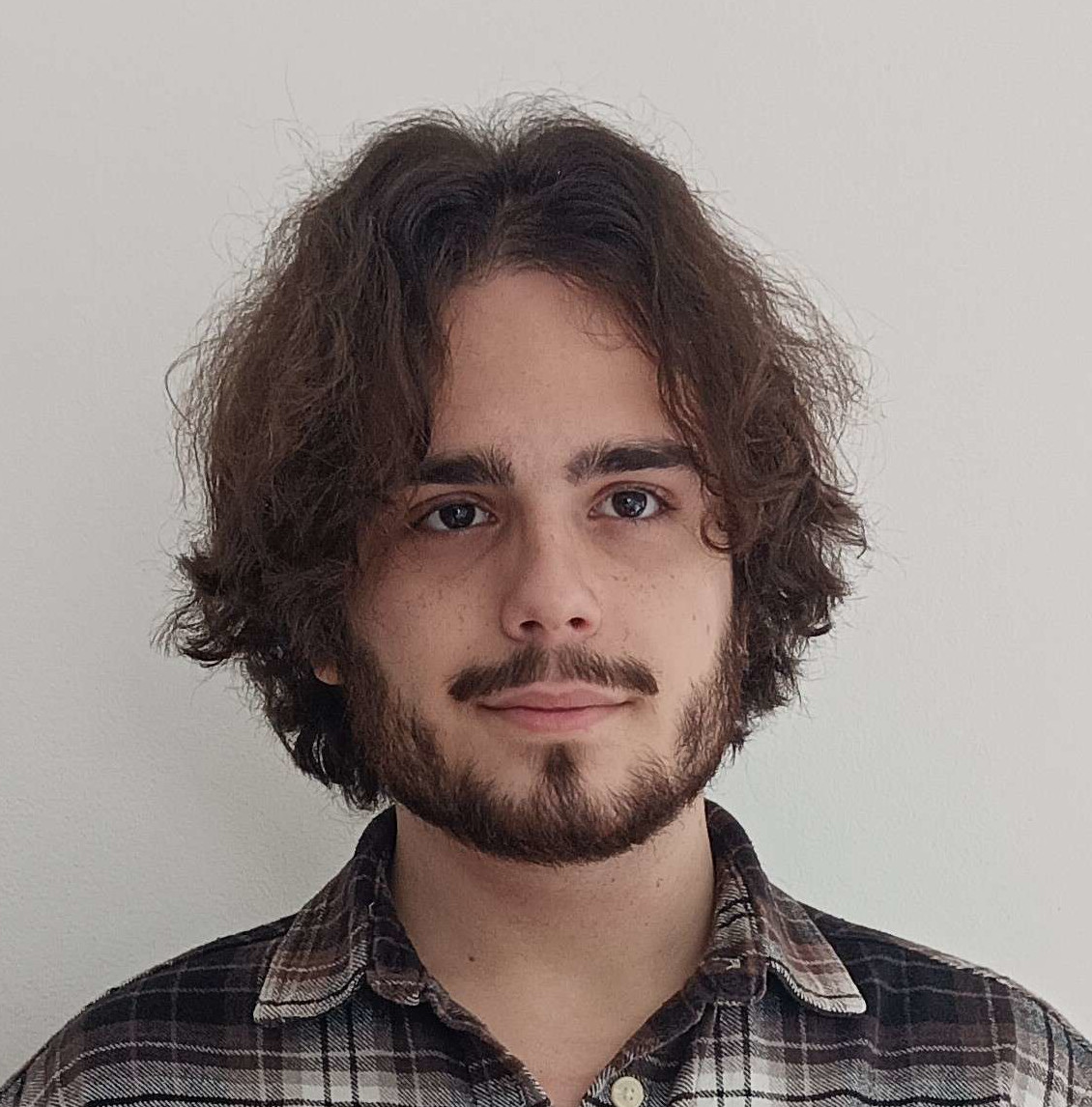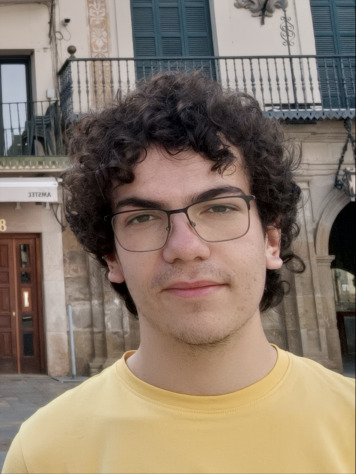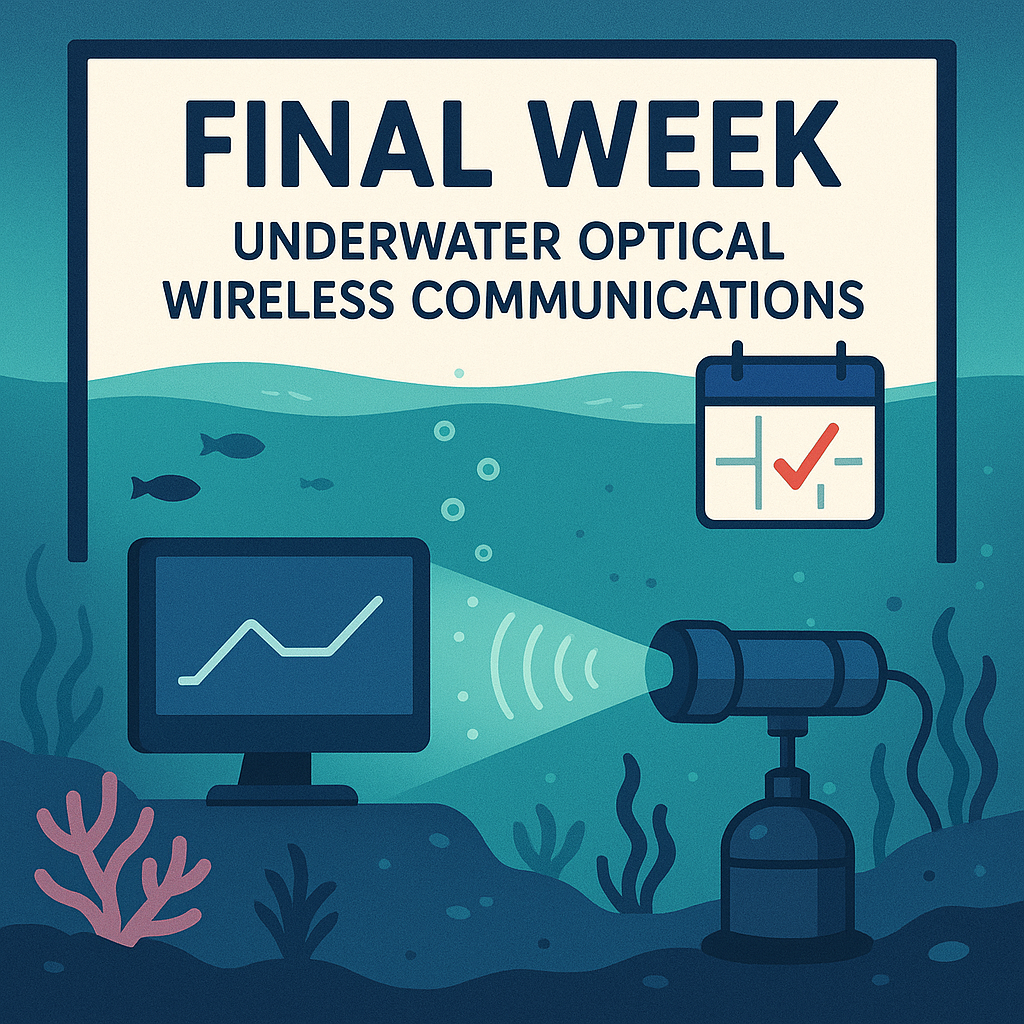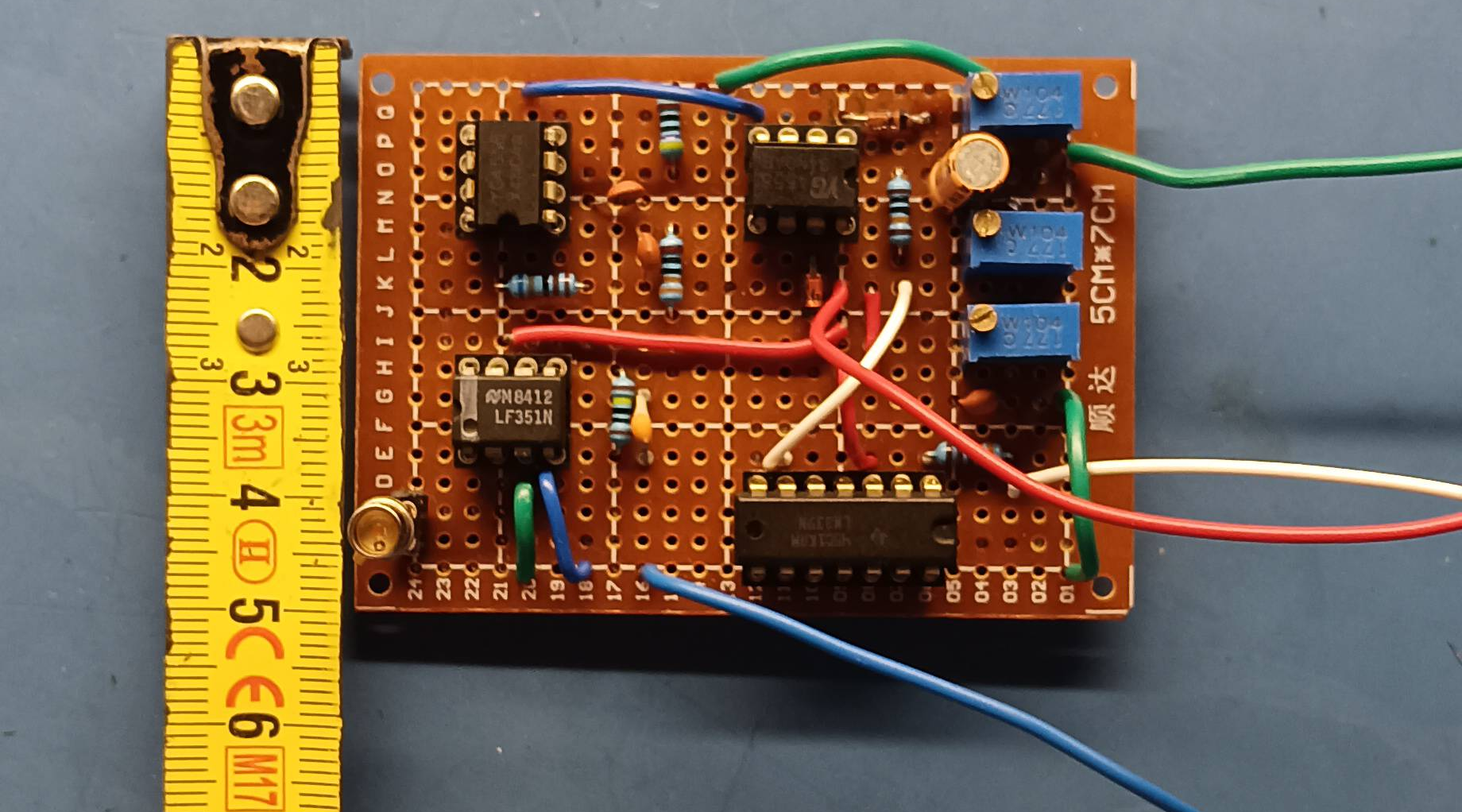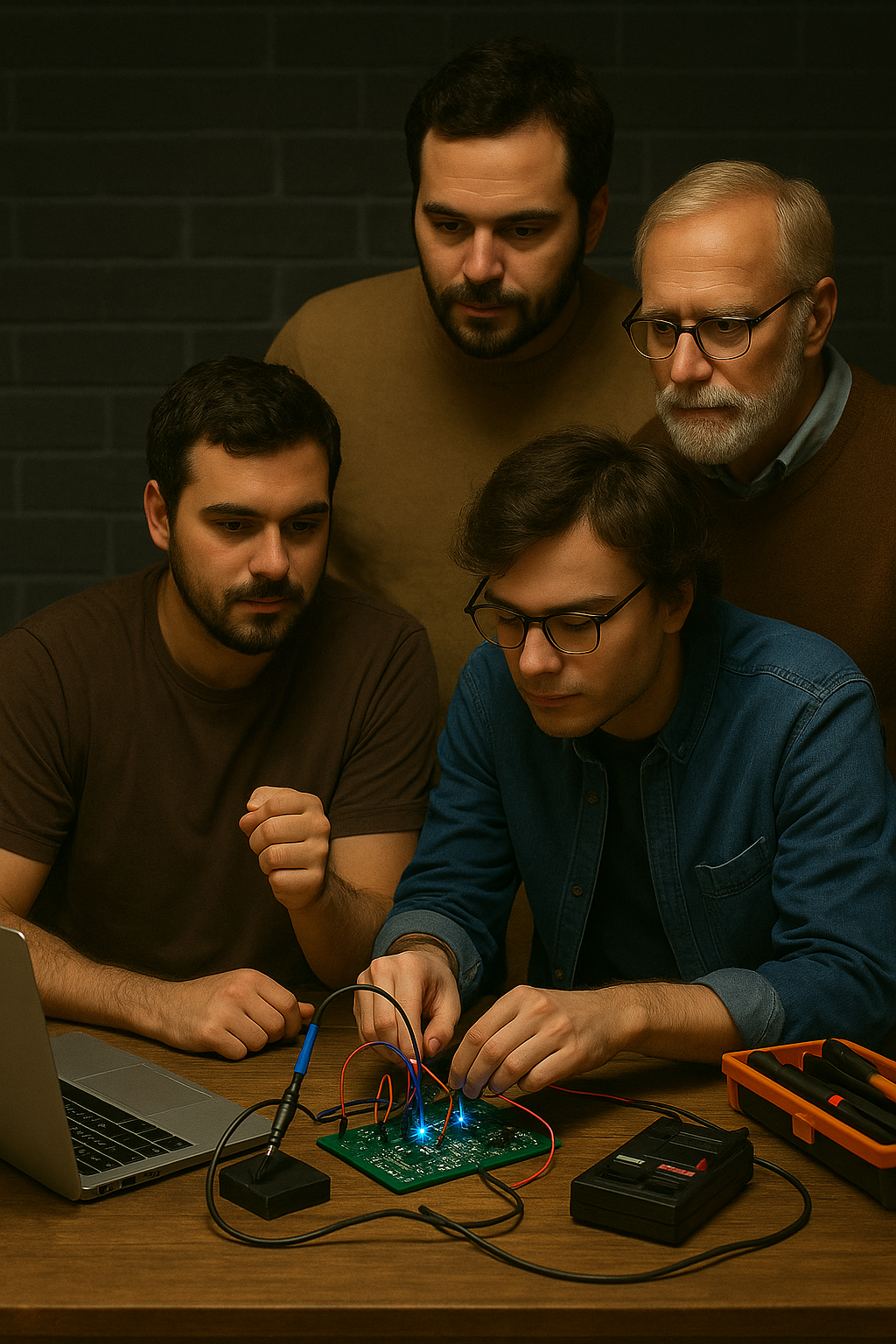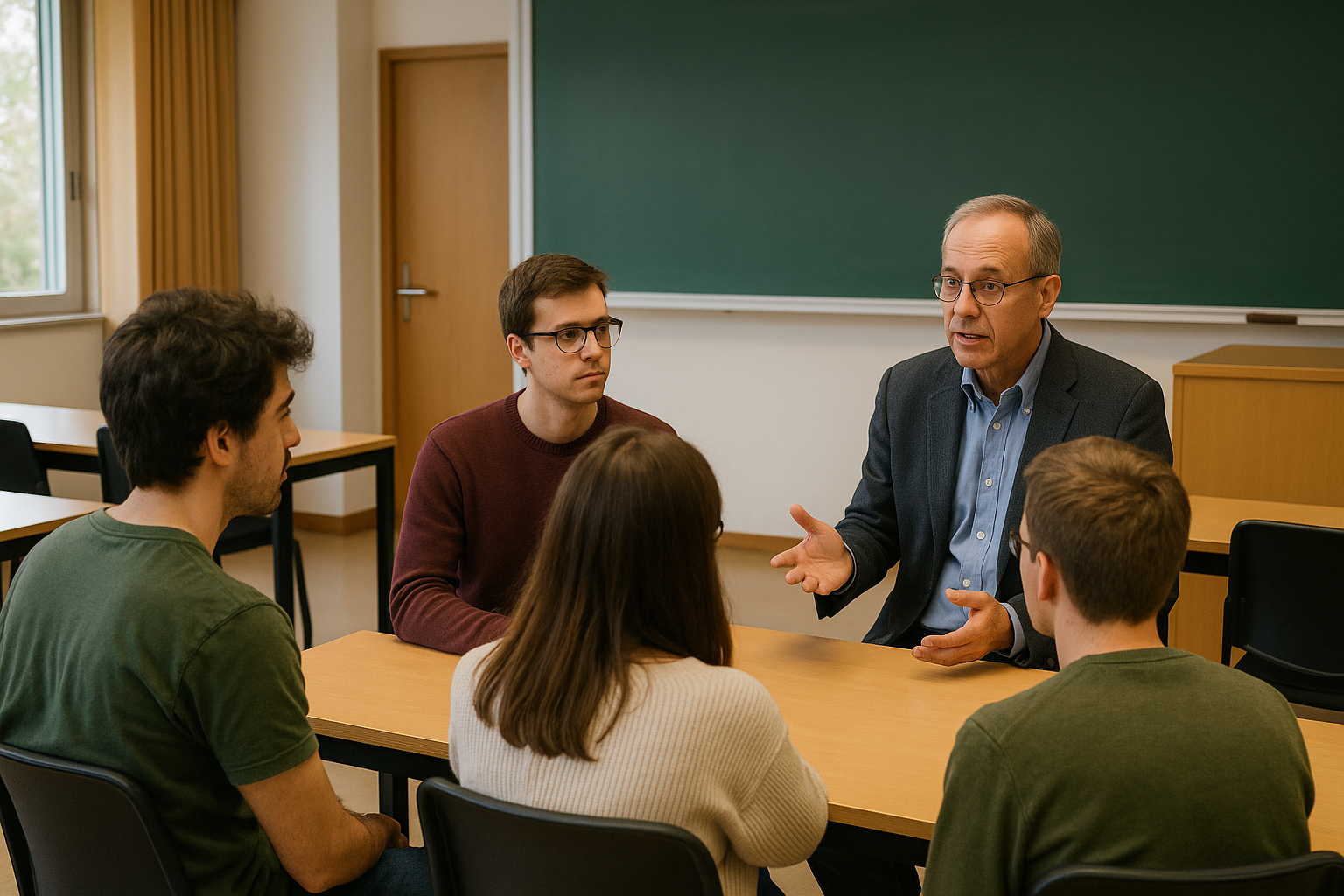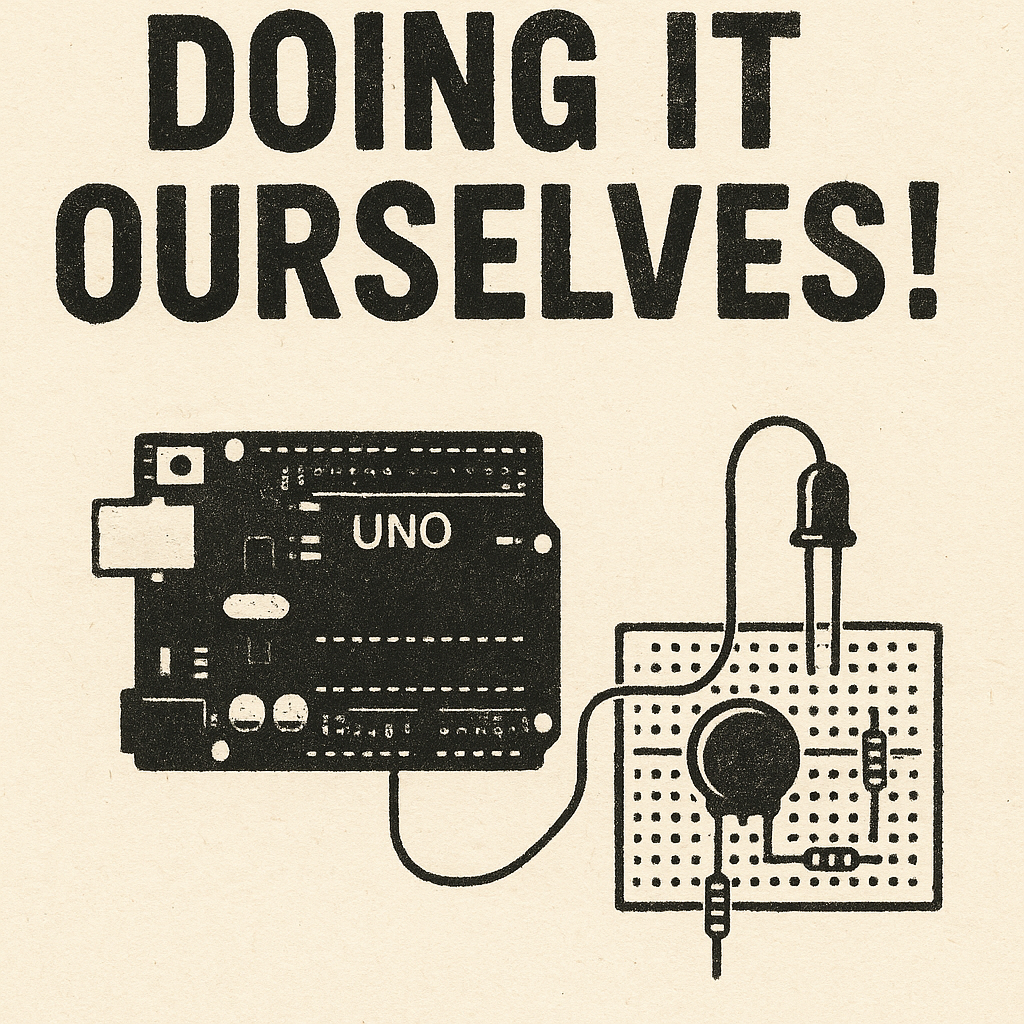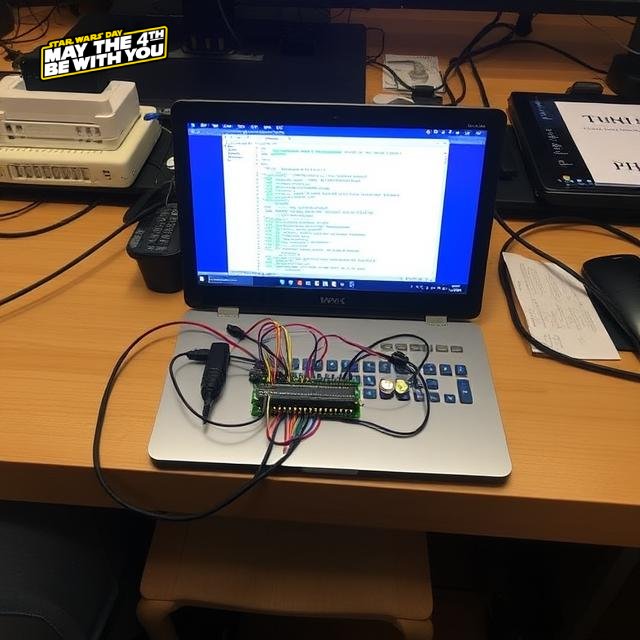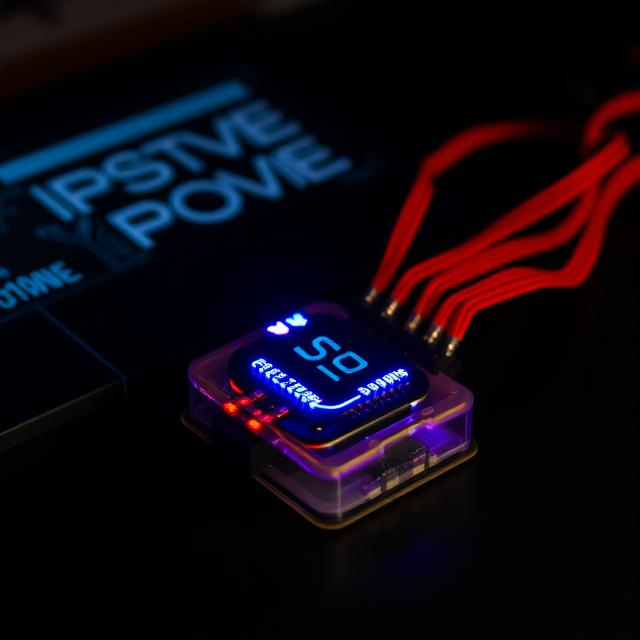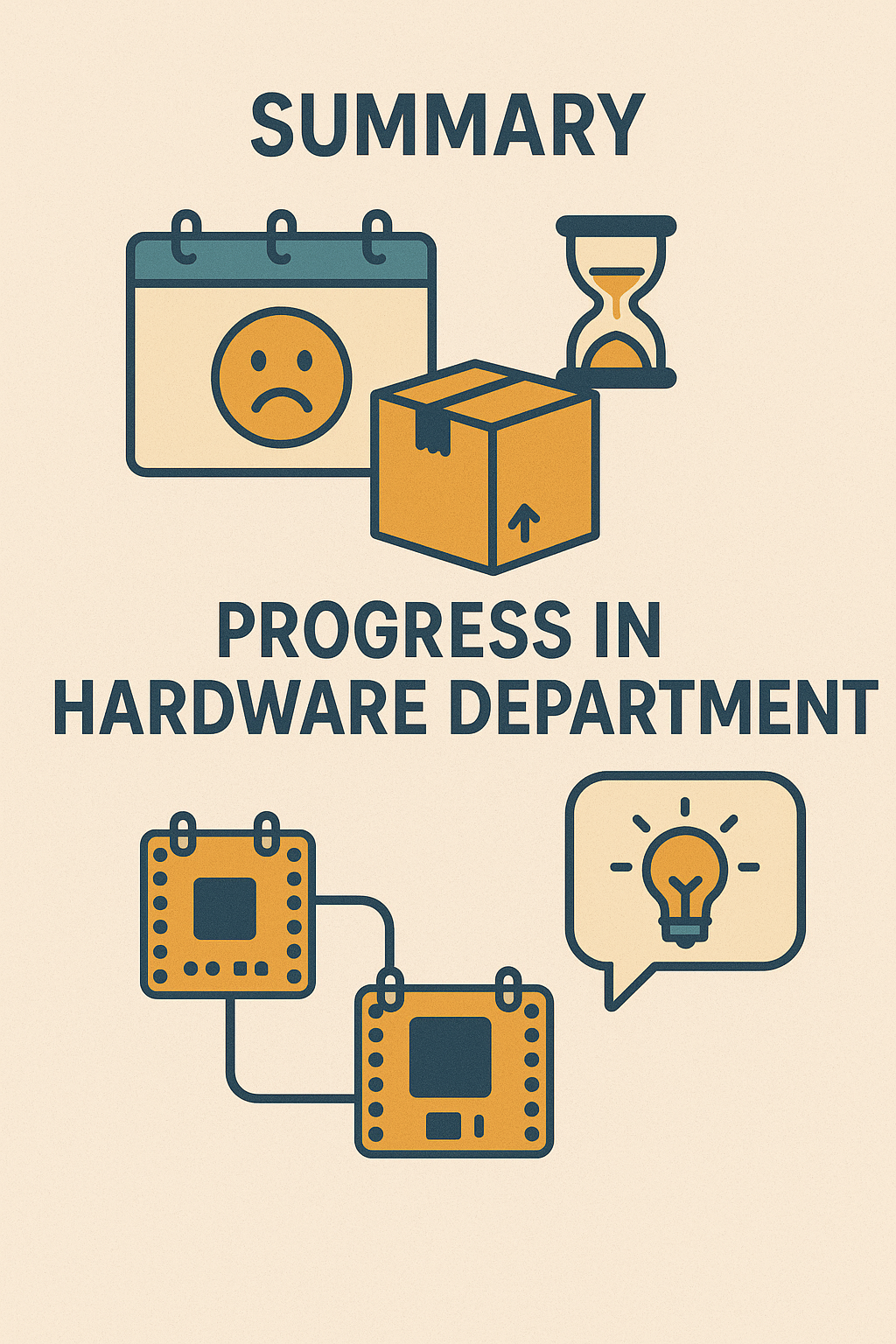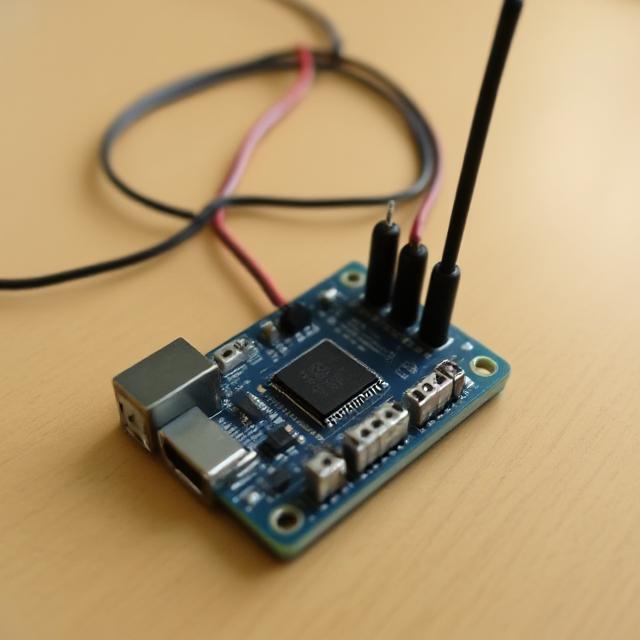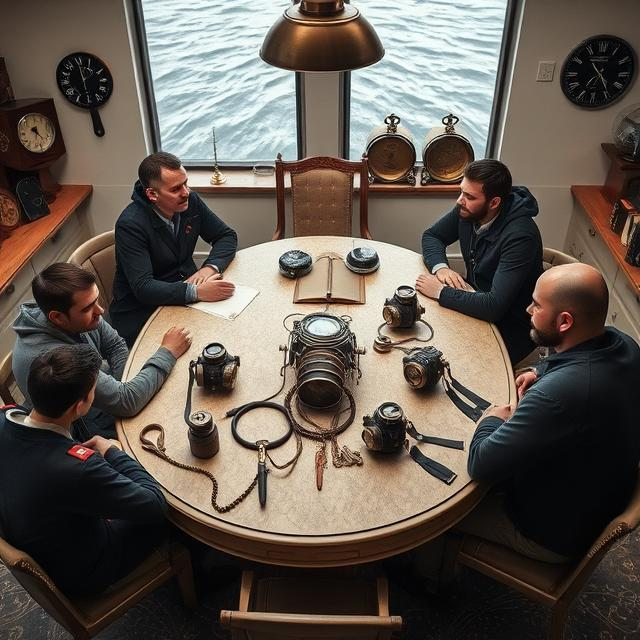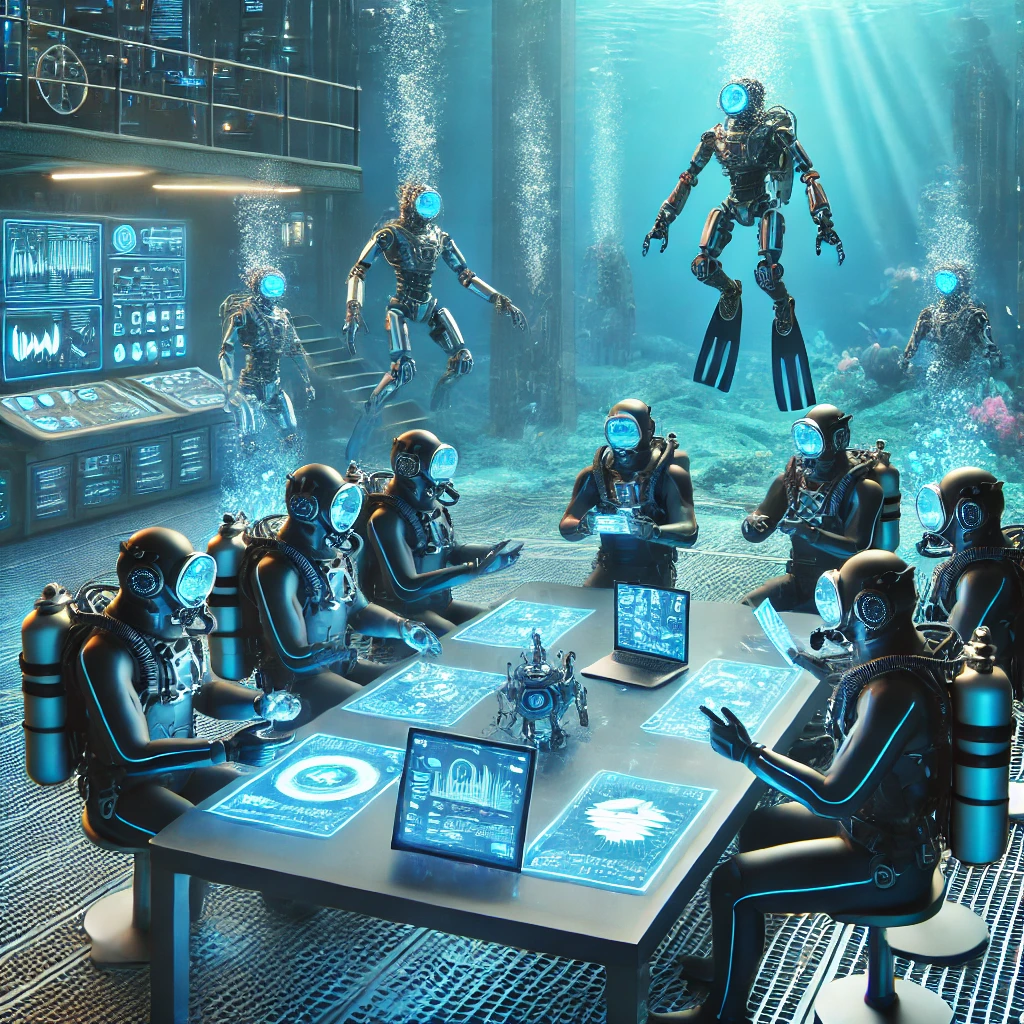Transmitter
On more technical terms, our idea is settled on the use of modulating schemes applicable in visible light communication, such as NRZ-OOK, with the communication being mediated by a
microcontroller and the actual signals sent by blue light LED’s - the fact that the communication must be
done close to the purple and blue areas of the light spectrum in order for the signals to be accurately transmitted fits with the constraints imposed by the LED’s.
Due to the thin range of these devices in an environment as dispersive as sea water there is also a need for a lens capable of
diffusing the emitted light, depending on a whole array of factors.
Receiver
About the receptors, although there were several options available in the market, we ended up going with PIN photodiodes due to their quick response and relative low cost
(when compared to other alternatives). Paired up with these diodes,
we also employ an actual physical filter with the intent of reducing unwanted visible light.
